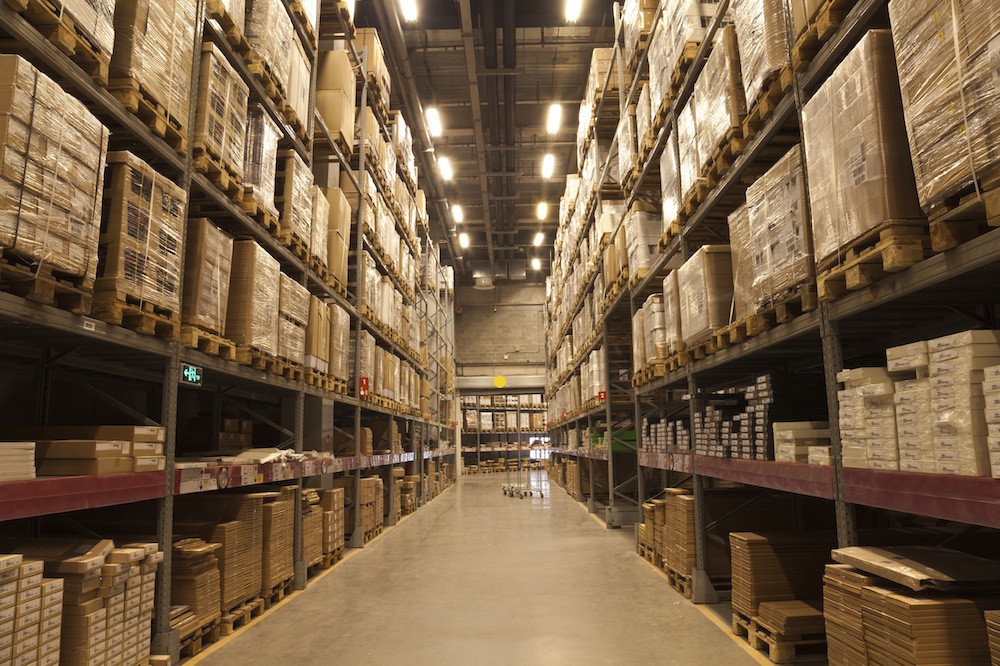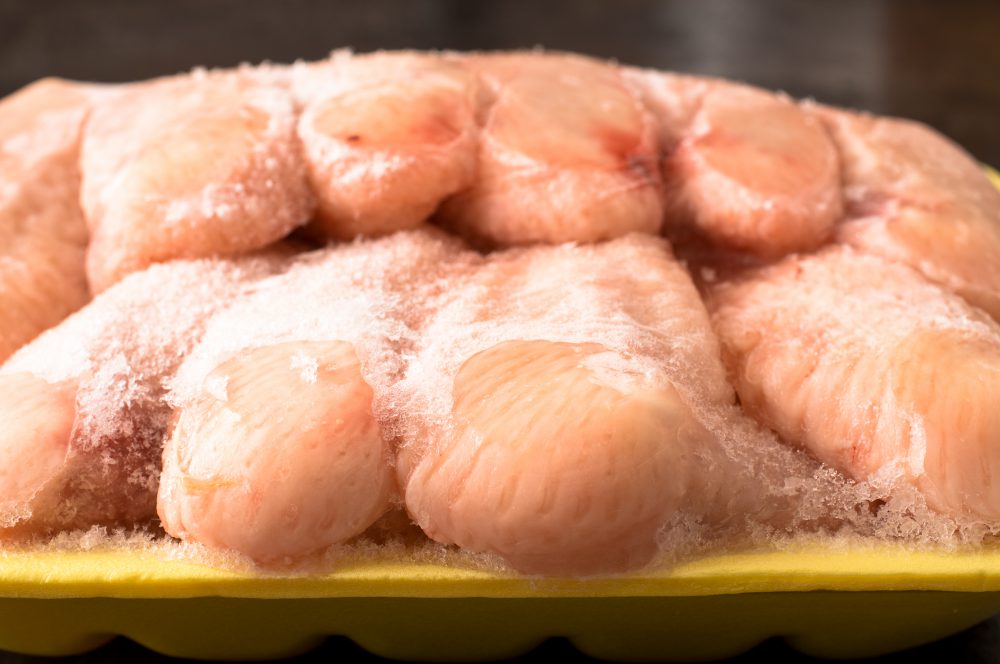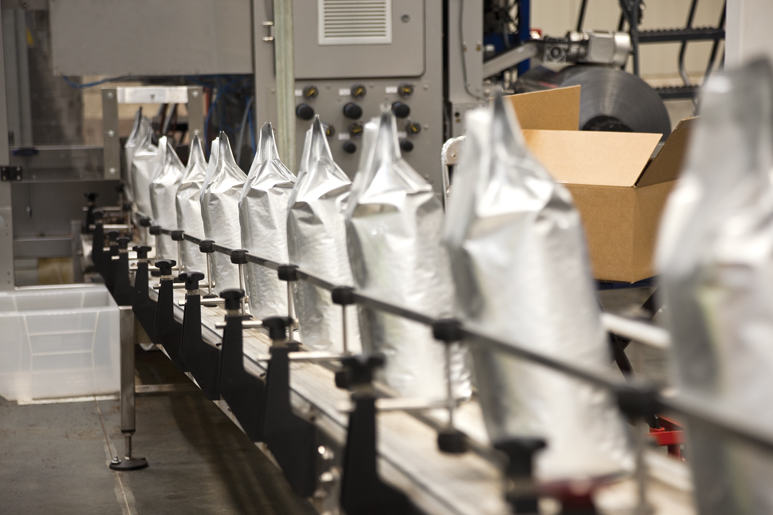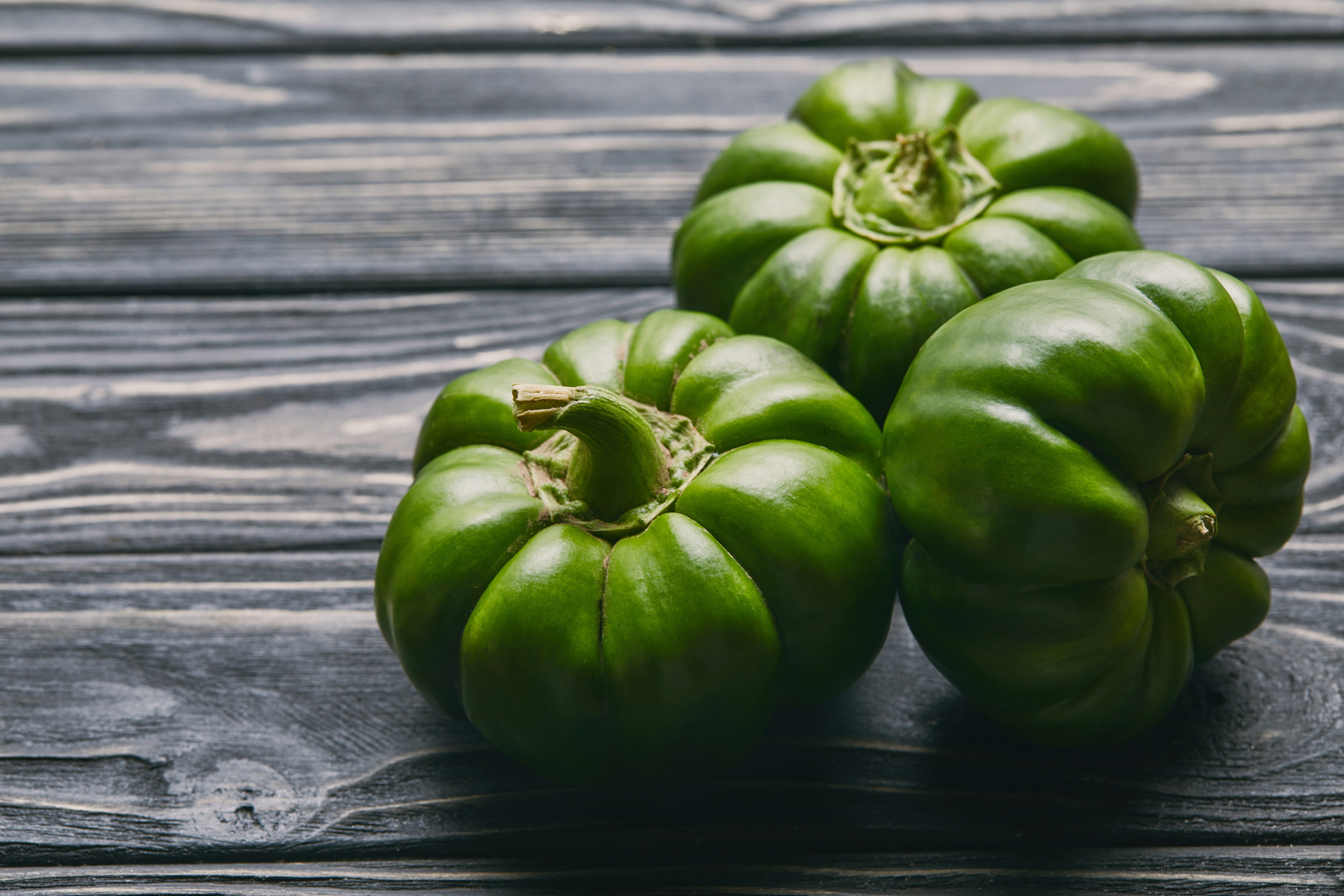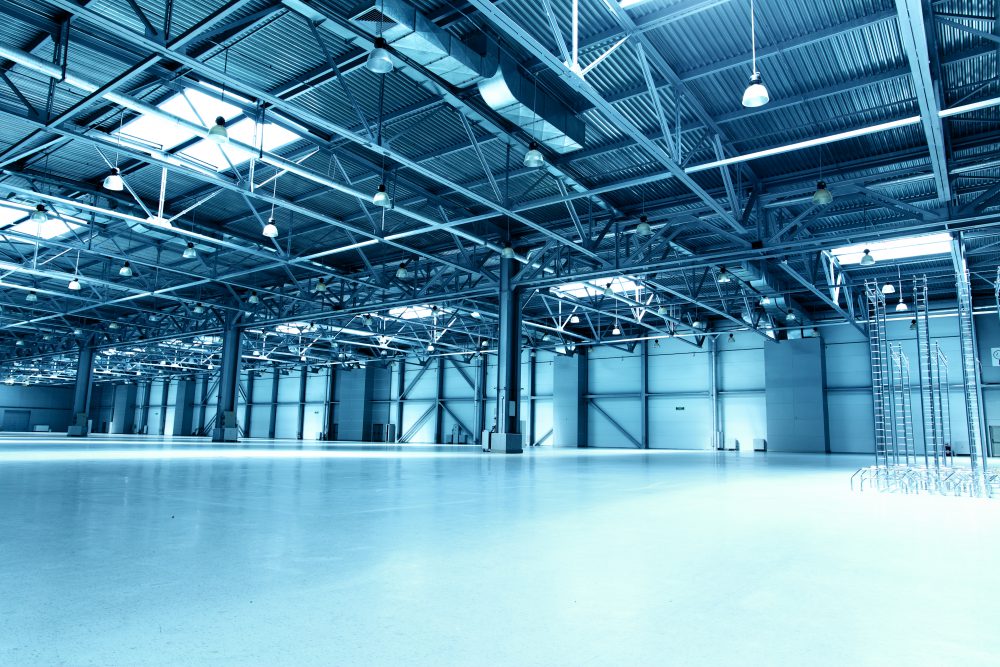5 Budget Factors to Consider When Designing Cold Storage Warehouses
The need for cold storage facilities is greater than ever. Product integrity and fresh products are in demand as Millennials become major players in the consumer market. This generation of buyers favor healthier, fresher and higher quality products that have a shorter shelf life — meaning an efficient distribution network is crucial to serve these consumers.
But how can you design your warehouse cost-effectively?
Continue Reading “5 Budget Factors to Consider When Designing Cold Storage Warehouses”



